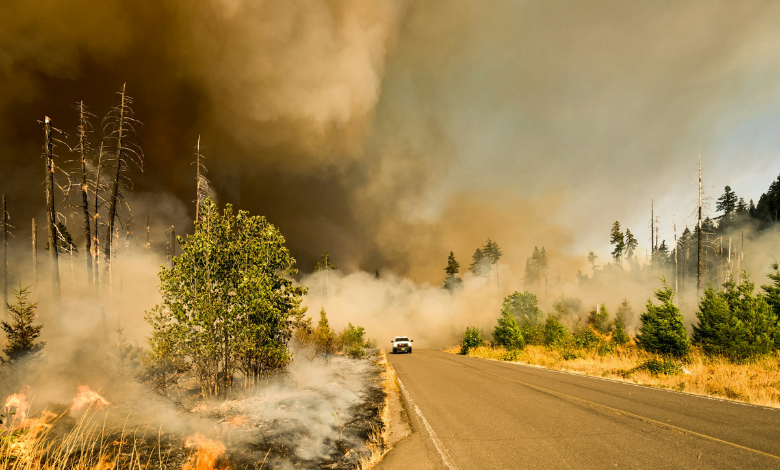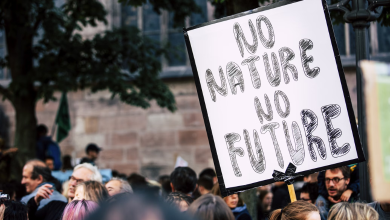Student debt: Climate change-led natural disasters immensely hurting college students – solutions?

Severe floods, bushfires and hurricanes are becoming more frequent due to climate change. Economists and sociologists have started to study the effects of such disasters on people living through the financially and socially formative college years.
The results are no less than sobering. Students whose families live in areas where there was an intense disaster get worse grades than their peers, are more likely to skip difficult courses and ultimately could default on their student loans after they graduate, as per a recent study.
In addition, students need not be directly affected by the disaster in order to face the consequences. For instance, a student going to school in New York might encounter serious difficulties after a fire burns down their family home in California.
Disasters can also prevent students from entering college
Poorer academic performance and more struggle in paying off student loans can have long-term effects. Going forward, it can have an impact on a person’s potential income, their employment opportunities and eventually their finances.
Moreover, disasters can also prevent students from entering college in the first place, as per another recent study, potentially leading to lower long-term earnings. The research focused on Houston-area students impacted by the severe flooding from Hurricane Harvey in 2017.
In terms of disaster assistance, despite being vulnerable, it is easy for college students to slip through the cracks. Typically, such aid helps people get money for shelter and other basic requirements. But it does not offer tuition support.
Key is to remove barriers for students to access funds
Timely financial assistance can make a huge difference for college students. In recent years, extreme disasters and the COVID-19 pandemic together have pushed many colleges and universities to rethink how they get money into the hands of students.
For instance, after recent hurricanes, some institutions have made financial assistance available earlier in order to give students more flexibility if they were displaced or were helping family members affected by an event. In many cases, additional emergency funds are also available.
The key is to remove barriers for students to access funds, including addressing the need to fill out lengthy applications. The ultimate goal should be to help college students not just survive after a climate change-led natural event but thrive.



